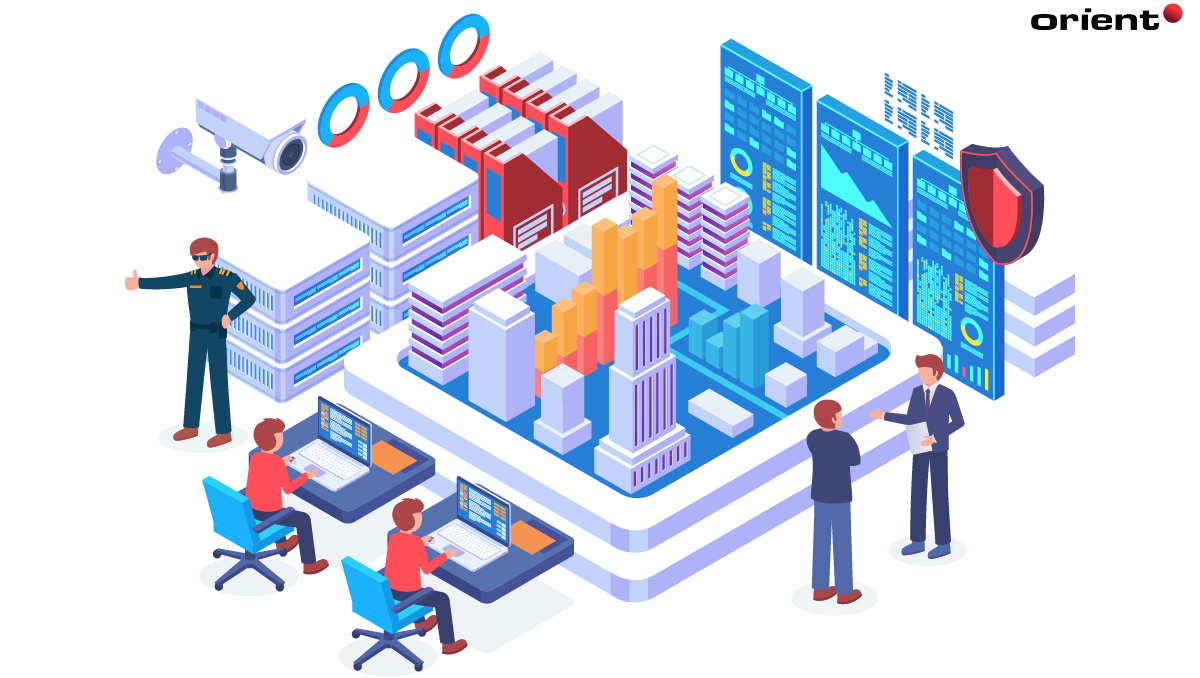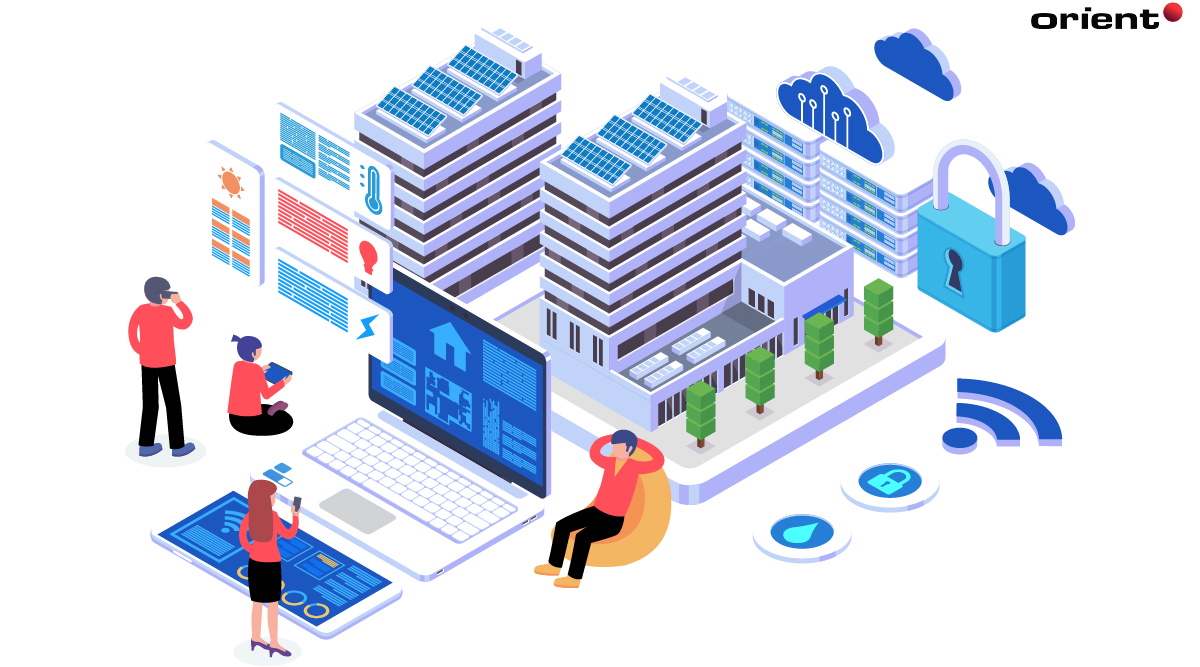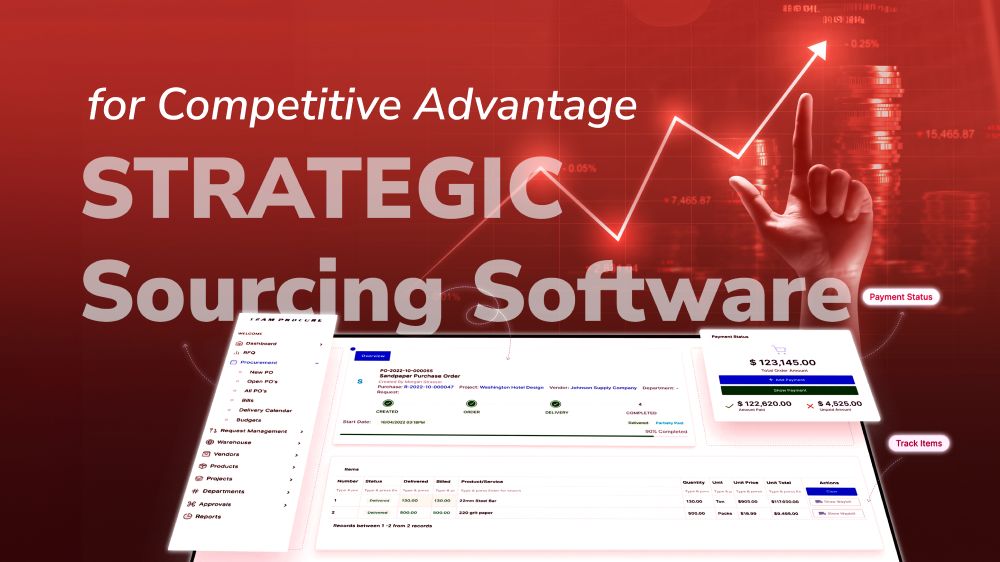Cloud Outsourcing and Cloud Computing: The Differences, Pros and Cons, and Choosing the Right Cloud Provider

Content Map
More chaptersThe advent of cloud outsourcing means that people and businesses can plug into various services and resources over the internet without physical infrastructure. This has led to a significant uptake in cloud technology adoption.
For example, according to the 2023 Cloud Computing Statistics By The Numbers report by Cloudwards, 97 percent of all enterprises use cloud services in some form, while 48 percent of businesses store their most important and classified data on the cloud.
The IT outsourcing market is expected to balloon to $760 billion by 2027, based on the 2022 Market Research Report by Fortune Business Insights.
With statistics like this, it is clear that cloud computing is here to stay. But for businesses that have yet to make the plunge, the idea of migrating can be daunting. In this article, you will learn what defines cloud computing and cloud outsourcing, their pros and cons, and how to choose the right cloud provider.
What is Cloud Computing?
Cloud computing is the on-demand delivery of computing services and resources over the internet, via secure online storage. These services and resources include cloud-based applications, physical and virtual servers, data storage, networking, computing, development tools, and more. The data that powers these services and resources are hosted on remote data servers, which are deployed, monitored, and maintained by cloud outsourcing providers.
Cloud computing allows multiple users, across various locations,devices, and applications, to access the same data and services all at once. Users can also collaborate on the same projects in real time, which includes online document editors such as Google Docs and Canva.
What is Cloud Outsourcing?
Cloud outsourcing is the deployment of specific functions and processes to a cloud outsourcing provider. Under this arrangement, the cloud service provider is responsible for running and maintaining the managed cloud services. Meanwhile, the customer pays an ongoing subscription fee in exchange for guaranteed availability, security, updates, and technical support.
Cloud service providers can migrate – as little, or as much of – your legacy infrastructure to the cloud without disrupting your daily business activities. The provider takes the time to assess your current infrastructure, determine your cloud strategy goals, and then carry out the migration in a manner that is fast, secure, and provides cost savings.
What are the Three Most Common Types of Cloud Computing Service Models?
Cloud computing service models come in three types: Software-as-a-Service (SaaS), Infrastructure-as-a-Service (IaaS), and Platform-as-a-Service (PaaS). These service models are referred to as a cloud computing stack, because each one is built on top of one another.
Software-as-a-Service (SaaS) – This allows users to connect to and use cloud-based applications over the internet. Under this arrangement, the hosting, delivery, and maintenance of the software are handled by the cloud service provider. Popular examples of SaaS include the Microsoft 365 productivity tools and Amazon Web Services.
Infrastructure-as-a-Service (IaaS) – This delivers fundamental cloud computing services, such as computing power, networking, and data storage, over the internet to users on-demand. With these virtualized services, there is no need to buy, store, and maintain physical data servers and other equipment onsite. Instead, users simply rent access to the cloud infrastructure resources they need on a pay-as-you-go-basis. Popular examples of IaaS include Linode and Rackspace.
Platform-as-a-Service (PaaS) – This gives users access to a complete cloud platform, including hardware, software, and infrastructure, so that they can develop, run, and manage applications without investing in expensive, bulky, and inflexible onsite premises. Popular examples of PaaS include Microsoft Azure and Google Cloud Infrastructure.
Advantages of Cloud Service Providers
There are many advantages to adopting a cloud outsourcing strategy. It can help you reduce infrastructure costs, gain unlimited storage capacity, protect sensitive data, and stay compliant. Most importantly, cloud outsourcing is incredibly flexible, allowing you to scale in tandem with changing business requirements.
Reduce Infrastructure Costs
Cloud outsourcing removes the upfront and ongoing cost of buying, deploying, and maintaining physical IT infrastructure. It also removes the associated costs that come with physical storage such as heating, cooling, electricity, and manual labor. Through cloud migration, these tasks then fall on the responsibility of the cloud-managed service provider.
Improved Scalability and Elasticity
Cloud outsourcing allows businesses to scale, up and down, their IT resources as needed to meet changing demands.
Through cloud scalability, businesses can quickly and easily scale data storage capacity, processing power, networking capabilities, and other resources with little to no disruption. Meanwhile, cloud elasticity allows a system to automatically grow and shrink dynamically, in response to changing workload conditions. Together, these systems let a business adapt fluidly to varied and unpredictable workloads, so that available resources match demand.
Automated Data Backup, File Storage, and File Restoration
The cloud data storage providers of today make it easy to automatically store and recover data from the cloud. Unlike physical onsite hard drives and data centers, remote cloud servers are less prone to theft, fire, and other natural disasters. Most cloud data providers offer unlimited data storage capacity, no individual file size limits, automatic data backup, and even the ability to store older file versions forever.
Cloud Compliance Regulations
Cloud outsourcing providers must meet a wide range of regulations and standards. These standards apply to various aspects of cloud computing, such as data storage and data privacy through to cybersecurity. Some of the most widespread global standards include the International Organization for Standardization (ISO), General Data Protection Regulation (GDPR), and Health Insurance Portability and Accountability Act (HIPAA). By enlisting the help of a cloud outsourcing provider, the responsibility of compliance falls on the cloud provider.
Disadvantages of Cloud Service Providers
Problems with cloud outsourcing can arise due to miscommunication, lack of research, and poor planning. The key to a successful cloud outsourcing strategy is to research different providers, ask questions, and clarify what services and benefits are included in the final agreement. Here are a few challenges to consider and overcome.
Loss of Control and Autonomy
Partnering with a cloud outsourcing provider means giving up some control. After all, the provider is responsible for running, maintaining, and updating the cloud infrastructure. Therefore, you should be confident in the quality of their products, services, and technical support. To achieve this, take the time to understand exactly what you will get from their services, including their response to unpredictable workloads and security breaches.
Poor Internet Connection
Poor internet can have a dramatic impact on the quality of your cloud computing services. Slow, unstable, and unreliable internet can disrupt your daily business activities, resulting in interrupted service and unhappy customers. To avoid this, make sure that your office and remote staff have access to a powerful network with high bandwidth. Ideally, your whole team, regardless of where they are, should be able to access your cloud infrastructure with little to no delay.
Misconfigured Cloud Settings
Your cloud provider is responsible for deploying, running, and maintaining your cloud services. But the responsibility of cloud security falls on you. This includes:
- Creating consistently strong, secure, and effective passwords
- Giving internal and external employees the right levels of permission access
- Adopting the latest password-security measures such as Multi-Factor Authentication (MFA).
Ideally, your cloud provider should help you configure your security settings, so as to remove all security vulnerabilities.
What to Look for in a Cloud Outsourcing Provider
When looking for a cloud outsourcing provider, be sure to do your research. Take the time to explore different service providers, compare their services, benefits, and pricing structure, and clarify any missing details.
Most reputable cloud outsourcing providers, via their website, will answer any questions you may have. If not, though, be sure to ask the following questions, to get a clear idea of what you get in the agreement:
- What are the cost benefits of choosing a cloud provider that does it all (data storage, computing, networking) vs separate cloud providers for each service?
- What security measures does the provider have in place to protect sensitive data? Are minimum password complexity requirements and MFA mandated?
- How frequently is data backed up? Does the provider preserve old file versions?
- How quickly does the provider respond to technical support questions? How soon will I be notified in the event of a data breach or digital threat?
- How easy is it to scale up and down in line with changing needs? Does this benefit cost extra?
- How does the provider comply with relevant national, global, and industry-specific regulations and standards?
- Are there lock-in contracts or can I leave at any time?
Read this detailed guide on how to choose a cloud provider to make the best choices for your needs.
Harness the Full Potential of Cloud Outsourcing

Cloud outsourcing is an effective way to help reduce operating costs, stay compliant, gain a competitive edge, and scale with changing demands. However, choosing the right cloud outsourcing provider can be a big hurdle.
That’s why it’s important to research, compare offerings, and ask a lot of questions. This way you will have a better chance of finding a provider that meets your requirements and budget. Ideally, your cloud outsourcing provider should be transparent about their experience, capabilities, and ability to help you on a personal level – and back up their claims.







